Diamonds are some of the most coveted gemstones in the world, known for their brilliance, rarity, and history. Among them, the largest ones ever discovered have become symbols of wealth, power, and craftsmanship. These extraordinary stones are found in various regions across the globe, from the mines of South Africa to the Democratic Republic of Congo. Each one has its unique story, from its initial discovery to how it was cut and who currently owns it. This article explores some of the largest diamonds in the world, providing insights into their size, origin, and significance.
The Orlov

The Orlov Diamond, weighing 189 carats, was discovered in India in the 17th century. It is a rose-cut diamond with a unique blue-green hue and is believed to have been used as the eye of a deity in a temple before being stolen and sold. It was purchased by Count Grigory Orlov, who gave it to Empress Catherine the Great of Russia. It was then set into the Imperial Sceptre, where it remains today as part of the Russian crown jewels. The diamond is housed in the Kremlin Armoury Museum in Moscow and is considered an important symbol of Russian imperial power. Its value has never been formally assessed, but its historical significance adds to its mystique.
Millennium Star
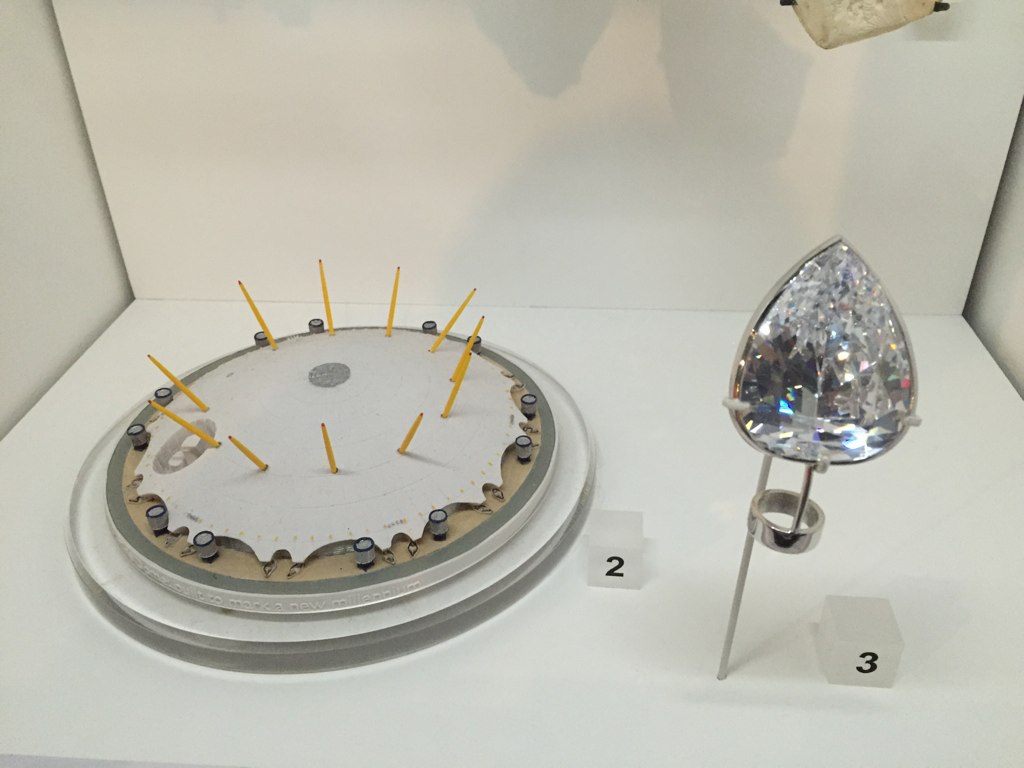
The Millennium Star weighs 203.04 carats and is one of the most flawless diamonds in existence. Discovered in 1990 in the Mbuji-Mayi district of the Democratic Republic of Congo, it is renowned for its D color grade, meaning it is completely colorless, and its internal and external flawless clarity. It is owned by the De Beers Group and was a central piece in their Millennium Collection. Its pear-shaped cut showcases its incredible brilliance, and it is often cited as one of the most valuable diamonds in the world. Its value is estimated between $100 million and $200 million, and it remains on display at the Millennium Dome in London.
Golden Jubilee Diamond
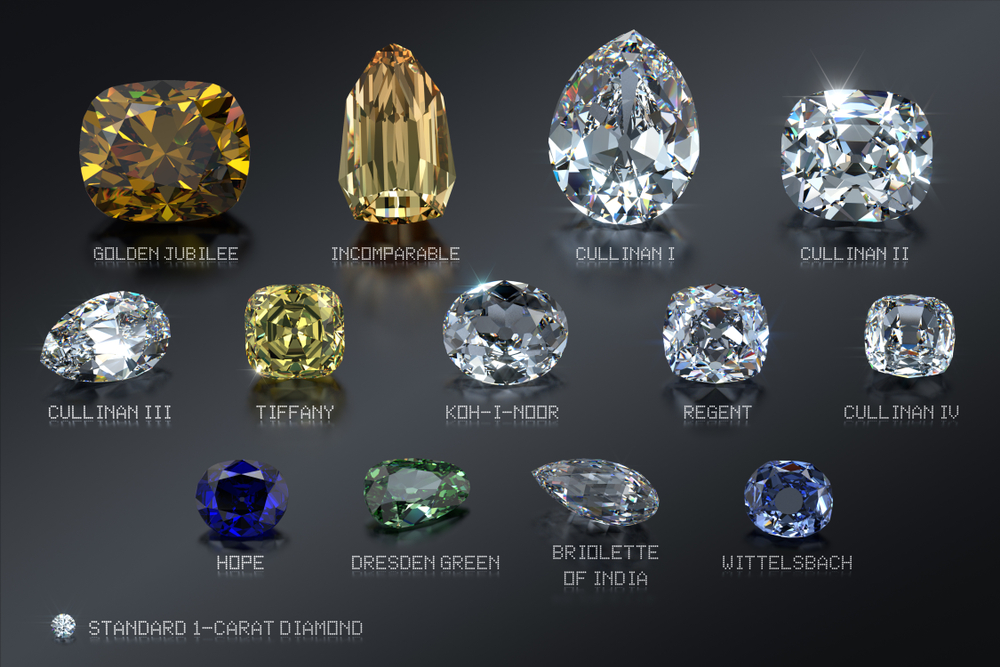
The Golden Jubilee Diamond, weighing 545.67 carats, is the largest cut and faceted diamond in the world. Discovered in 1985 at the Premier Mine in South Africa, this brown diamond was originally known as the “Unnamed Brown” due to its unattractive appearance. It was cut into a fire-rose cushion shape by Gabriel Tolkowsky, taking two years to complete the process. It was later presented to the King of Thailand for his 50th coronation anniversary and is now part of the Thai Crown Jewels. Its value is estimated between $4 million and $12 million, though its historical significance likely adds to its worth.
The Jubilee Diamond
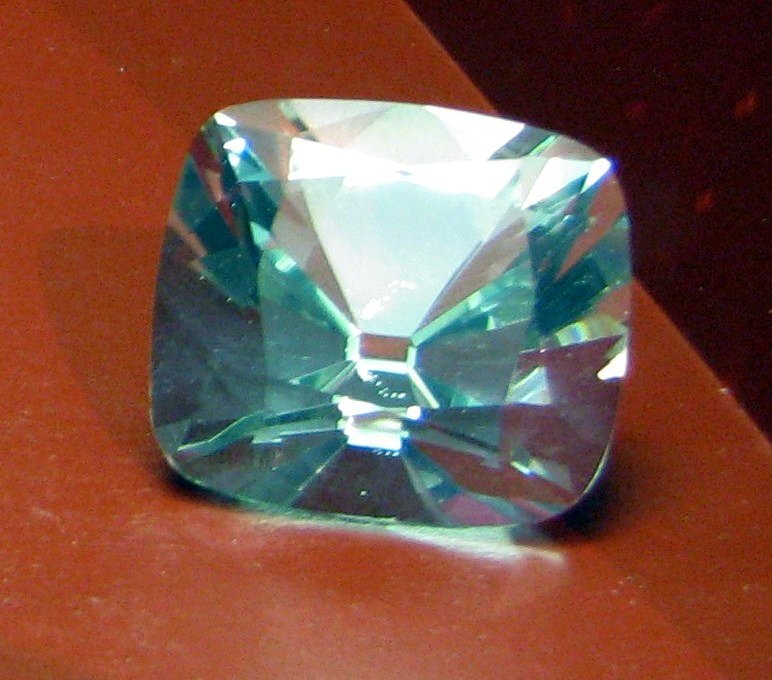
The Jubilee Diamond was discovered in 1895 at the Jagersfontein Mine in South Africa and initially weighed 650.8 carats. Originally known as the Reitz Diamond, it was renamed to commemorate Queen Victoria’s Diamond Jubilee. It was cut into a cushion-shaped stone weighing 245.35 carats, and it remains one of the largest diamonds ever cut. Its flawless clarity and brilliant shine make it a true masterpiece in the world of diamonds. It has passed through the hands of several notable owners and remains a symbol of both historical and gemological significance.
The Great Mogul Diamond
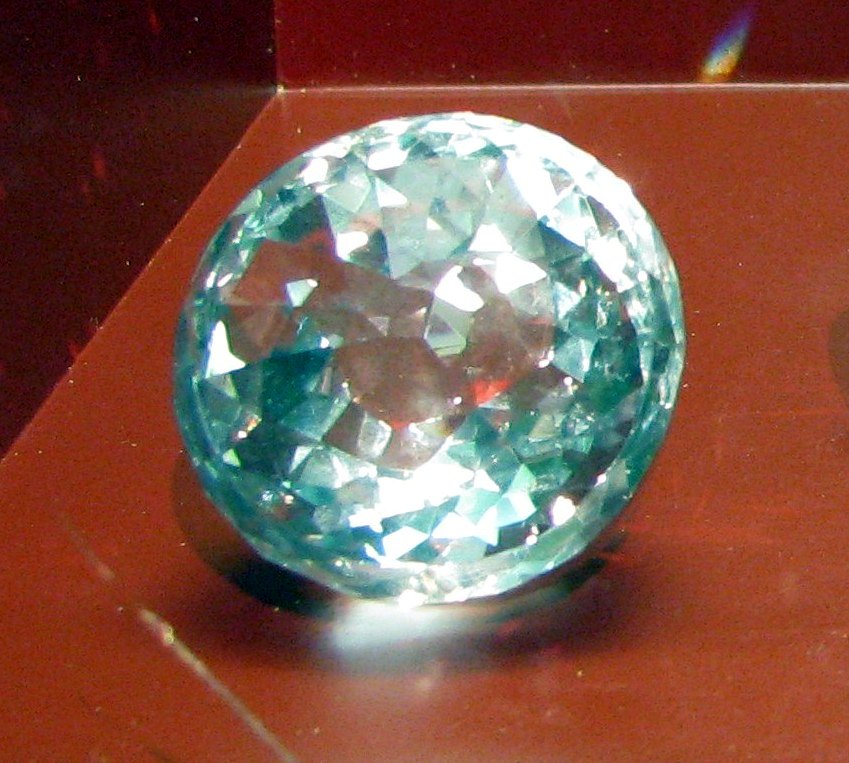
The Great Mogul Diamond was discovered in India in the 17th century and initially weighed 787 carats. After being cut, it now weighs 280 carats. Named after Shah Jahan, the Mughal emperor who built the Taj Mahal, it is notable for its rose-cut shape and its remarkable clarity. Its whereabouts have been unknown since the 18th century, leading many to believe that it was either stolen or lost. Despite its disappearance, it remains a famous diamond, and theories continue to circulate about its fate. Some believe it was recut into other famous diamonds.
Koh-i-Noor
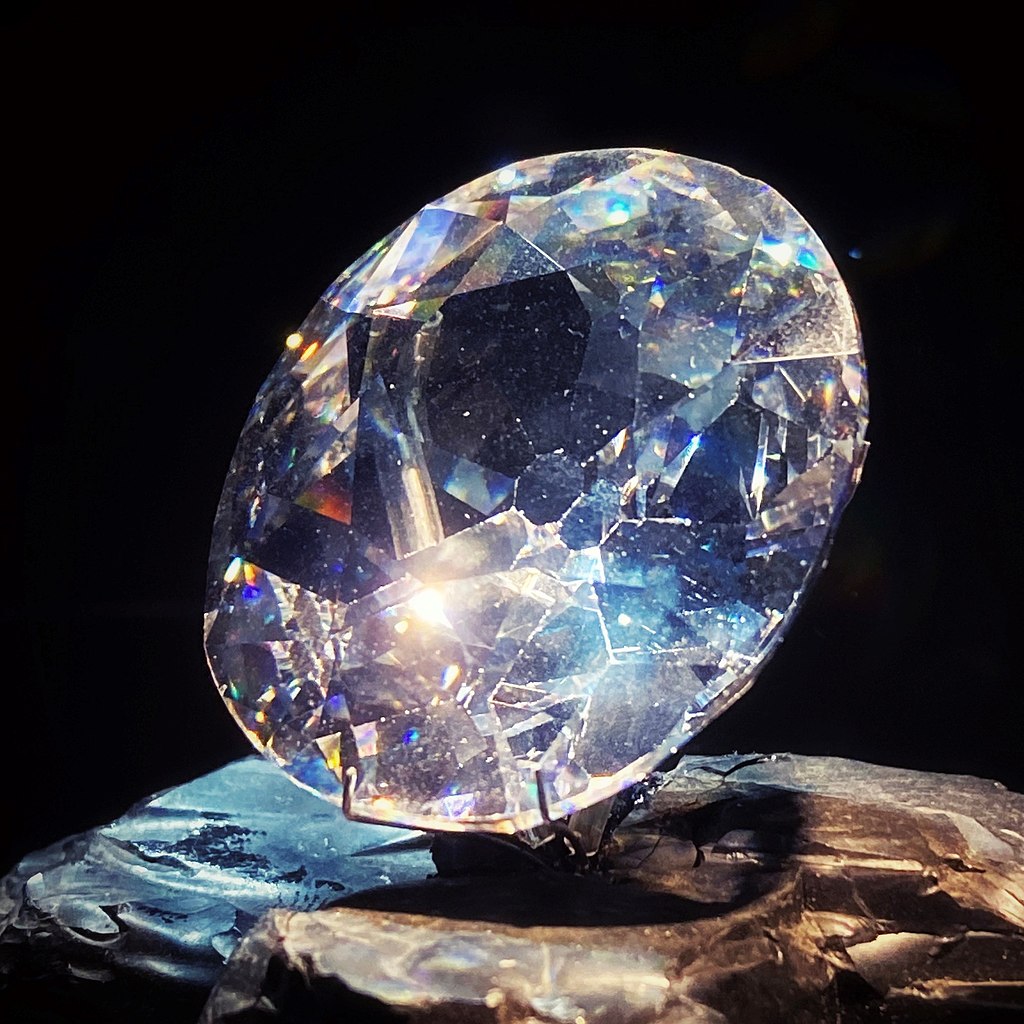
The Koh-i-Noor, originally weighing 793 carats, was cut to its current size of 105.6 carats. This legendary diamond has been the subject of various historical conflicts and has passed through the hands of multiple rulers across Persia, India, and Britain. Currently part of the British Crown Jewels, it is housed in the Tower of London. It is said to bring misfortune to any man who wears it, but it is believed to bring good luck to women, which is why it has adorned the crowns of several queens. Its value is considered priceless due to its rich history and cultural importance.
Lesotho Legend
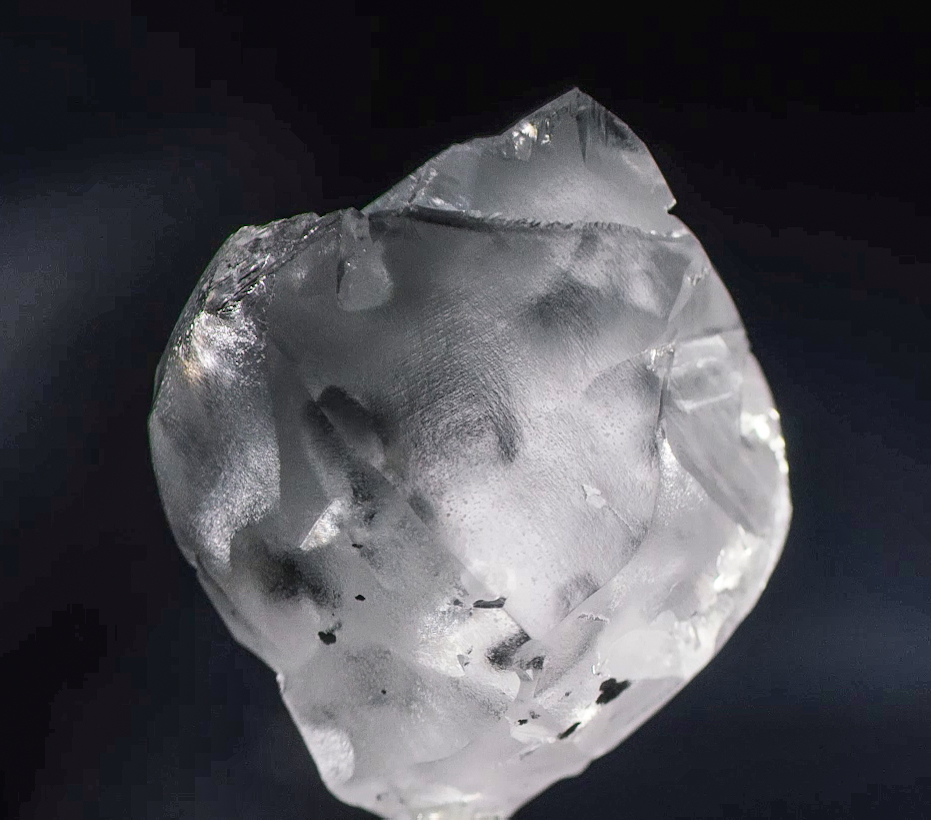
The Lesotho Legend was discovered in 2018 at the Letseng mine in Lesotho, weighing 910 carats. This impressive diamond was sold for $40 million and was later cut into 67 smaller diamonds, including a 51.18-carat emerald-cut stone. These were used in high-jewelry collections, showcasing the remarkable clarity of the original rough diamond. It adds to the reputation of the Letseng mine, which is known for producing some of the world’s largest diamonds.
Star of Sierra Leone
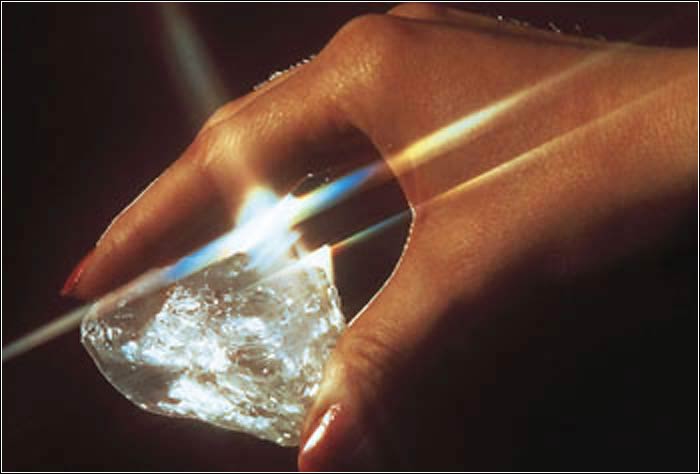
The Star of Sierra Leone was unearthed in 1972, weighing 968.9 carats in its rough form. This exceptional diamond is classified as a Type IIa, meaning it has no nitrogen impurities and is exceptionally pure. It was sold to Harry Winston for $2.5 million and was cut into 17 polished stones, the largest of which weighs 53.96 carats. Its unique quality and flawless clarity make it one of the most valuable diamonds in the world. Today, its value is estimated at $30 million to $35 million, and its history continues to intrigue diamond collectors and historians alike.
Cullinan Diamond
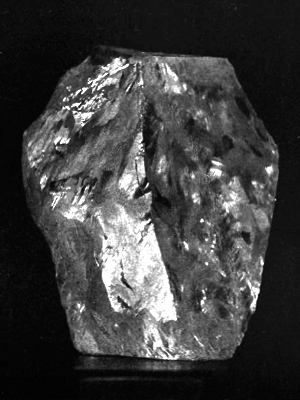
/ Wikimedia Commons
The Cullinan Diamond, discovered in 1905 in South Africa, is the largest gem-quality diamond ever found, weighing 3,106 carats in its rough form. It was cut into several stones, the largest being the 530.2-carat Cullinan I, or the Great Star of Africa, which is part of the British Crown Jewels. The Cullinan II, weighing 317.4 carats, is set in the Imperial State Crown. It is known for its remarkable clarity and D color, making it a symbol of both historical and monetary value. Together, the Cullinan diamonds are estimated to be worth up to $2 billion.
Sergio Diamond
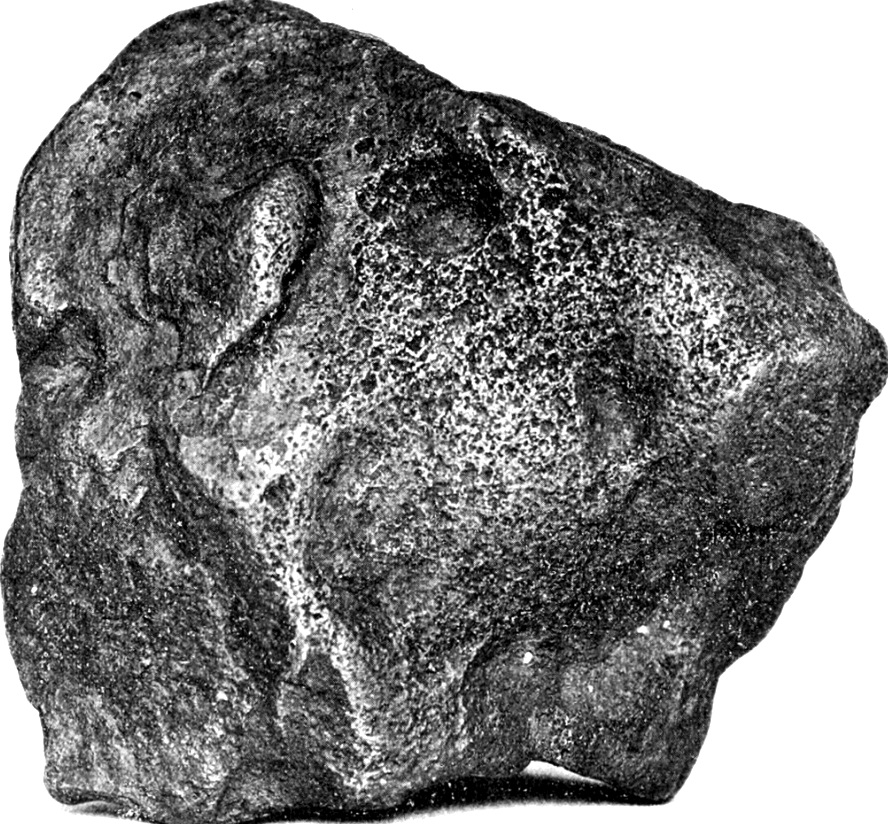
The Sergio Diamond is the largest carbonado, or black diamond, ever found, weighing a staggering 3,167 carats in its rough form. Discovered in Brazil in 1895, it was broken into smaller pieces for industrial use due to its opaque, polycrystalline structure. While carbonados are not typically used for jewelry, the Sergio Diamond remains one of the most significant discoveries in the diamond world. Its industrial value far outweighs its aesthetic appeal, but its size alone has cemented its place in history.
This article originally appeared on Rarest.org.
More from Rarest.org
13 Endangered Coral Reefs and the Creatures They Support
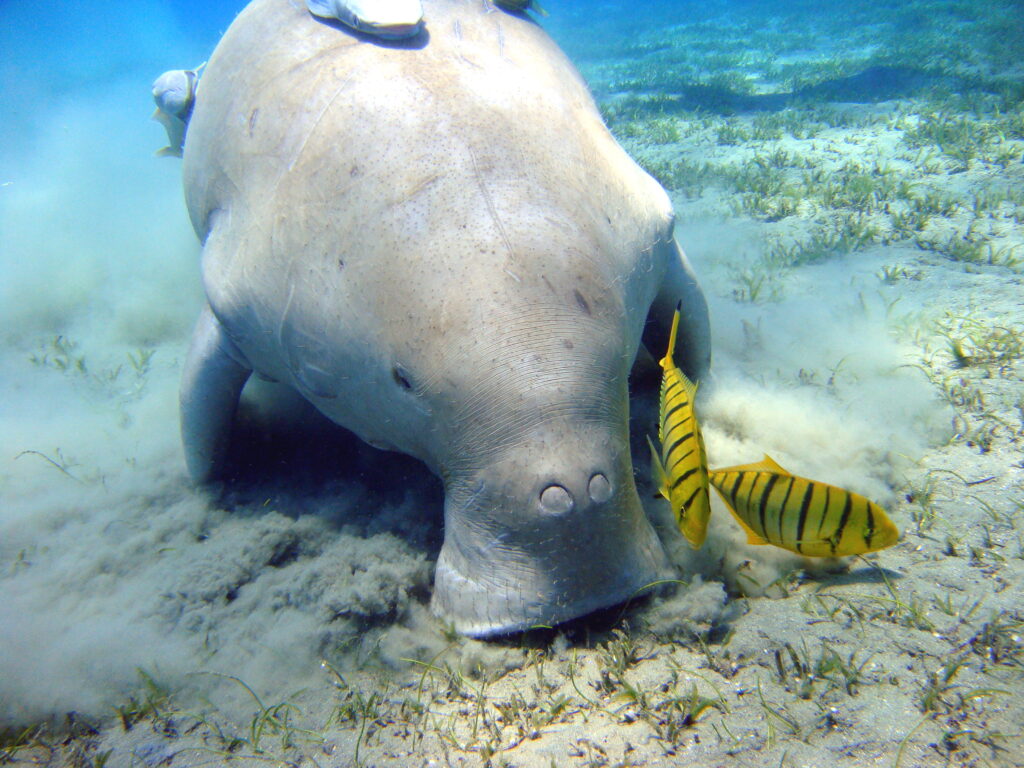
Coral reefs are among the most vibrant ecosystems on Earth, but many are endangered due to climate change and human activity. These underwater worlds are home to a stunning array of creatures that rely on them for shelter, food, and breeding grounds. Read More.
15 Unique Fungus Species Growing in Hidden Ecosystems
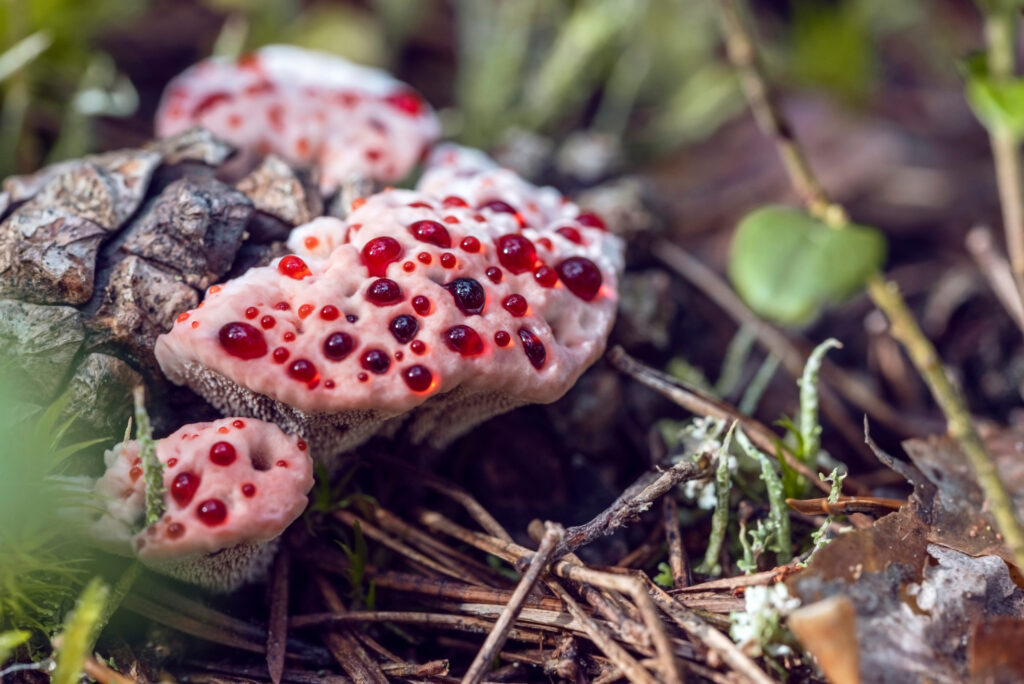
Fungi thrive in some of the most hidden ecosystems on Earth, playing crucial roles in nutrient cycling and ecosystem balance. Many of these species remain relatively unknown, despite their striking appearance and unique adaptations. Read More.
20 Exotic Birds in Danger of Disappearing from Our World
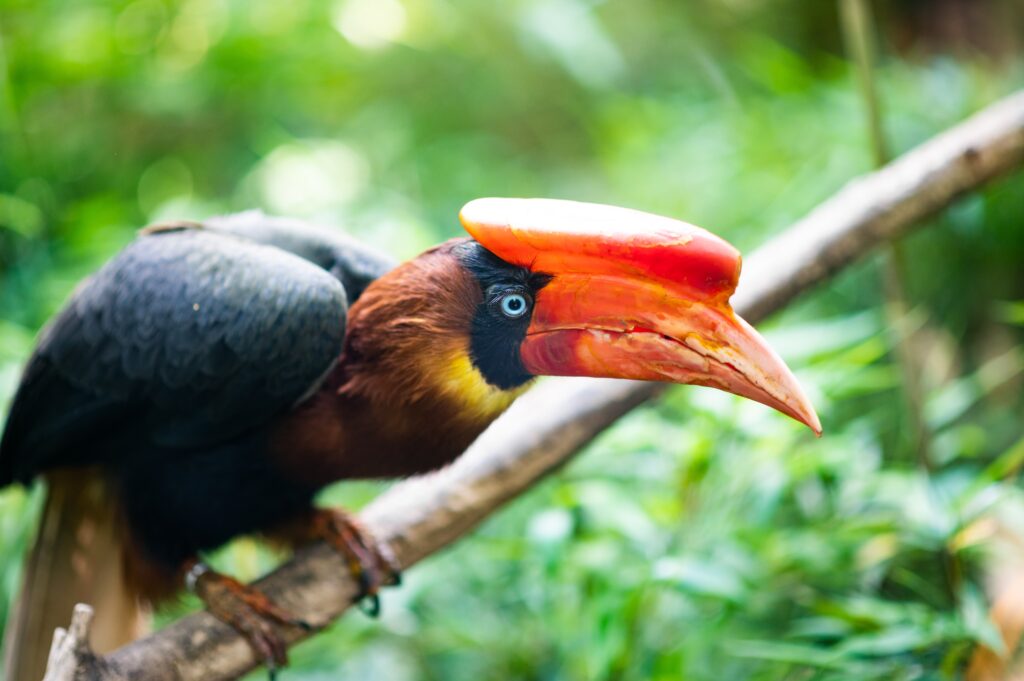
Exotic birds are among the most vibrant and unique species on our planet. However, many of these stunning creatures are at risk of vanishing forever. Habitat destruction, climate change, and illegal poaching have contributed to their dwindling populations. Read More.
